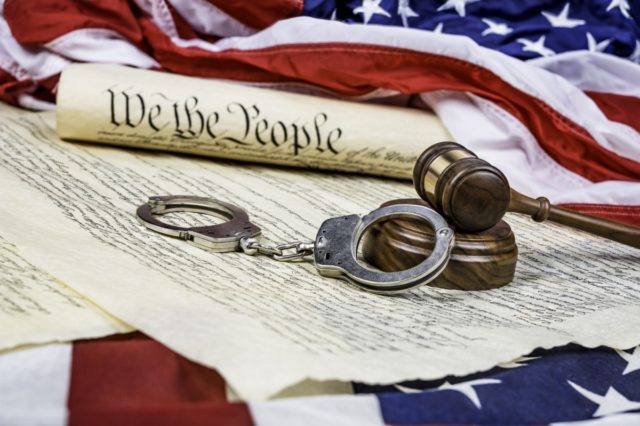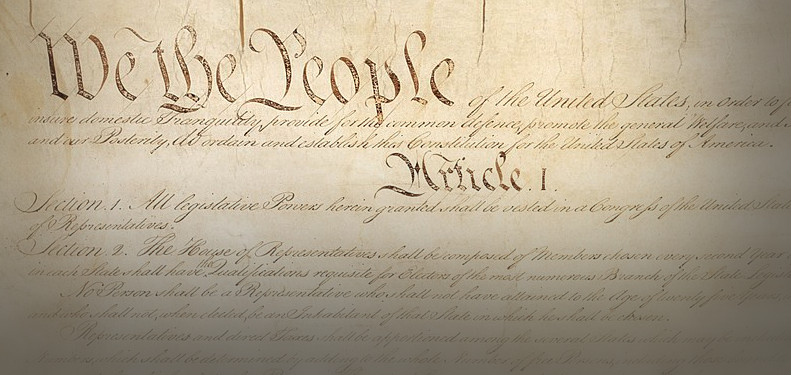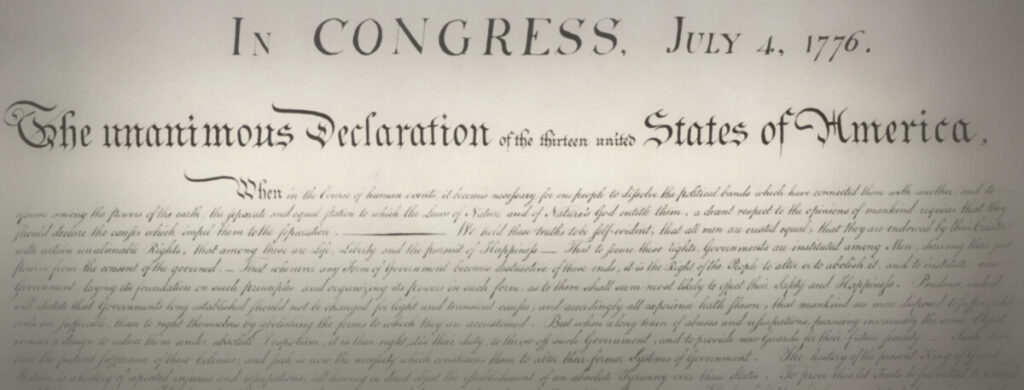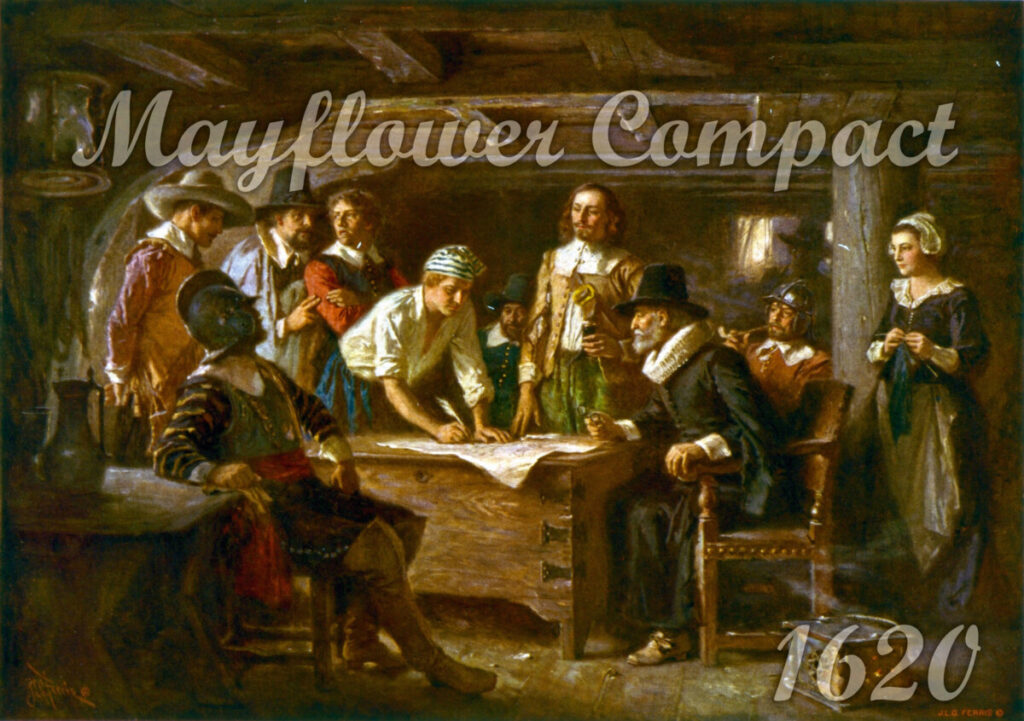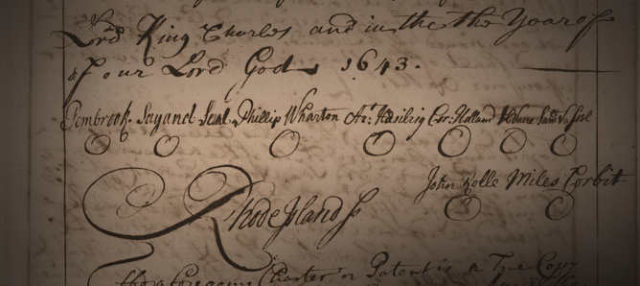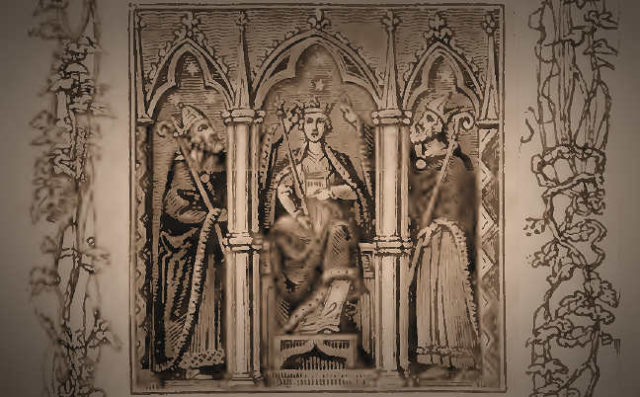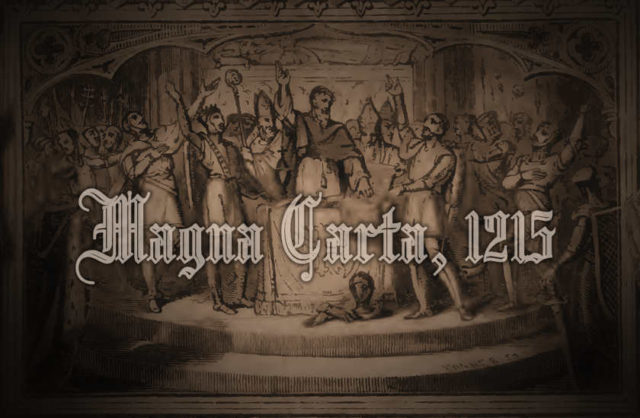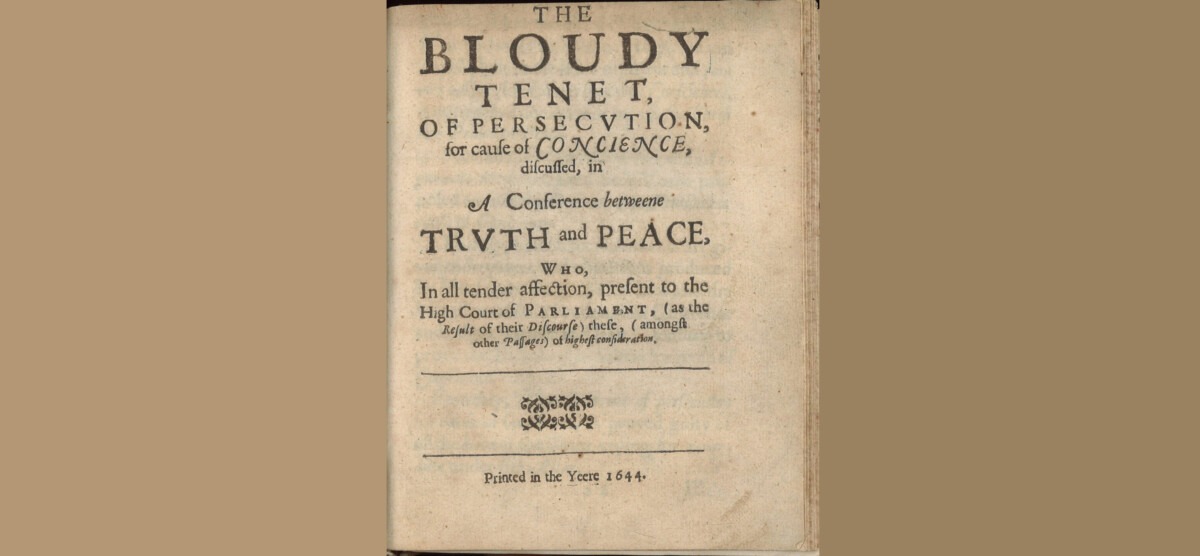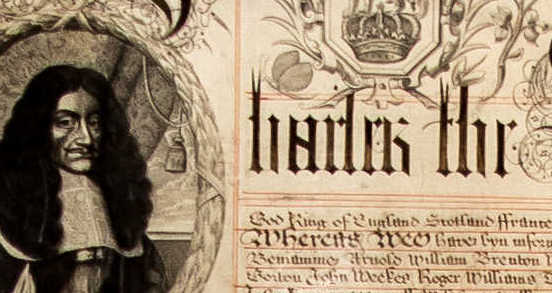Barron v. Baltimore
The Supreme Court ruled that the Bill of Rights does not apply to the states because the Federal government does not have jurisdiction. “[the Constitution was created] by the people of the United States…not for the government of the individual states.” –Decision written by Chief Justice John Marshall, 1833. This was the law of the […]
Barron v. Baltimore Read More »

